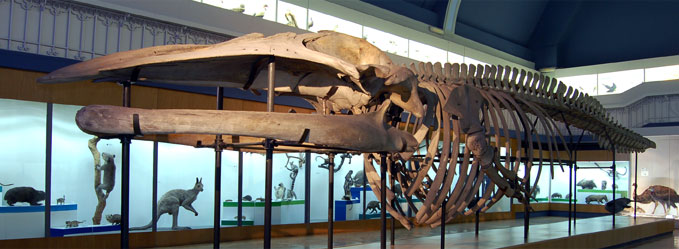
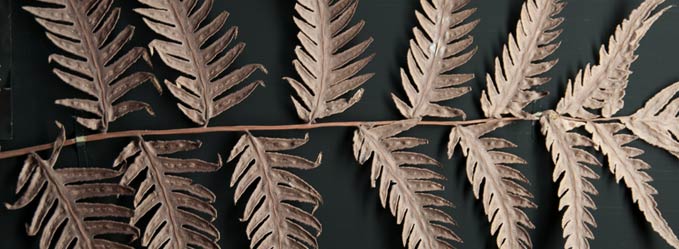
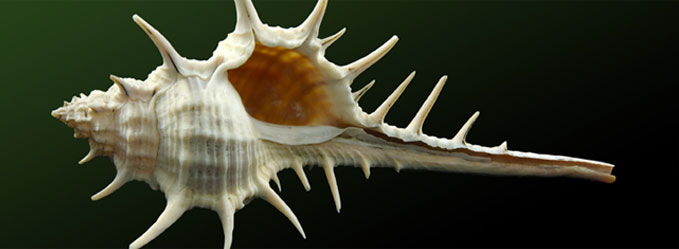
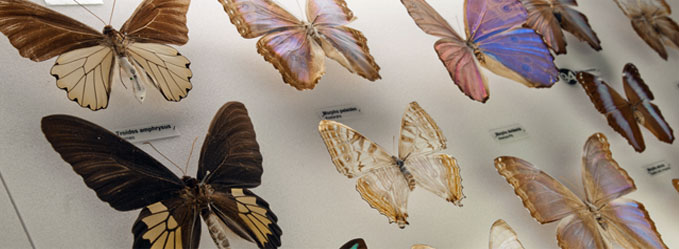
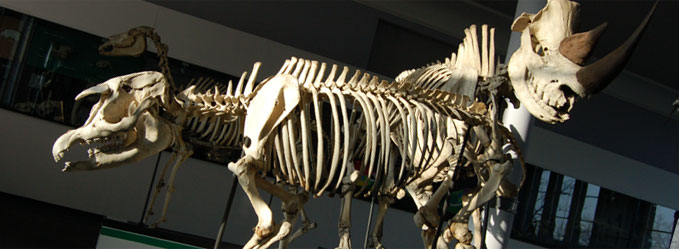
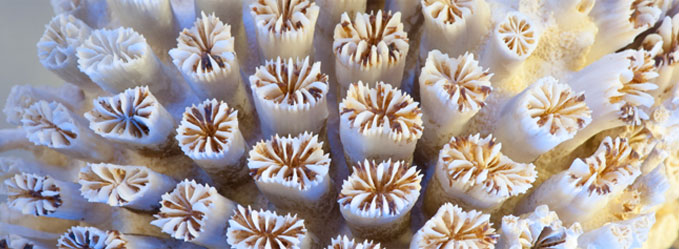
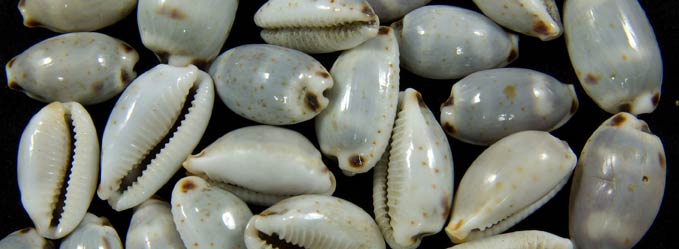
Monday: closed
Tuesday - Friday: 9.00-16.30
Saturday - Sunday: 10.00-17.30
more information
Invertebrate collections
Taxonomically, this collection covers the majority of invertebrate types. These specimens, coming from all continents and oceans, have being collected since the moment of establishment of the Museum until the present times. They represent scientific material and stuff intended for display. Their value varies considerably. Extremely valuable evidential collections of distinguished scientists are a substantial part and results of famous expeditions or own research of the Museum's former employees, others having been acquired through donation or purchase. The total number of specimens is difficult to fix (e.g. samples of plankton or very small animals); it can be assessed at a dozen or so thousand taxa (the number of specimens is obviously many times higher). They are preserved in formalin or alcohol, only a small portion of the collection is composed of "dry" material (conchylia, anthozoans, sponges, etc). Most of the material is identified, provided with labels of the specimens origin, although the data are not always (particularly in the case of the 19th-century material) complete. The whole collection is arranged according to the valid systematic system to the rank of phylum or order, and successively in alphabetical order by genera, and then within genera alphabetically by species.
Descriptive types:
The majority of descriptive types gathered throughout the history of the collection have still been preserved. Nearly all types described in the 19th century were hardly labelled. Most of them were later localized in the collection and given individual labels. The original labels, often severely damaged, have been secured in a special album. The types themselves are numbered and provided with new working printed labels. Catalogues of types are regularly published.
The old part of the collection may still comprise undetermined type specimens. They can be recognized only by specialists when making revisions of particular groups. In total, the invertebrate collection includes 581 indubitable descriptive types.
The most precious are evidential collections accumulated by acknowledged specialists who carried out their research at our Museum. They include those created and built by the founder of the Museum, J. L. Ch. Gravenhorst, and also ones by A. E. Grube, W. Kükenthal, F. Pax (jun.) and A. Wiktor. These authors described the largest number of species and their collections contain the majority of the types.
Collections of particular groups of invertebrates:
- Porifera - 84 taxa, including a part from A. E. Grube's collection.
- Cnidaria - over 490 taxa of species rank, comprising 85 descriptive types (mainly by Kükenthal and Pax). The major part of this collection is composed of Anthozoa, including a large collection of Madreporaria, which is, however, usually identified only to the rank of genus.
- Ctenophora - a small undetermined collection.
- Turbellaria - 20 taxa, including 7 types (Graff, Grube).
- Plathelmithes - a smallish collection of Trematoda, with 33 taxa of species rank and 19 types, and Cestoda - 64 taxa of species rank 17 types.
- Nemertini - 25 taxa of species rank with 3 types.
- Nematoda - 83 taxa of species rank, including 4 types.
- Nematomorpha - 5 taxa of species rank, including 1 type.
- Acathocephala - 19 taxa with 2 types.
- Polychaeta - 732 taxa of species rank, including 175 types, mainly by Grube.
- Oligochaeta - 50 taxa of species rank, including 12 types (Grube, Michaelsen).
- Hirudinea - 91 taxa with 20 types.
- Onychophora - 2 taxa of species rank.
- Pentastomida - 3 taxa of species rank.
- Sipunclidea - 27 taxa of species rank, including 2 types (Grube).
- Echiuroidea - 3 taxa of species rank.
- Mollusca, including:
- Ampineura - 56 taxa of species rank.
- Slugs and snails Gastropoda - over 6 000 taxa of species rank, 114 of which are types (in the collection ca. 3 000 sea conchylia, a large collection of European conchylia integrated and arranged by E. Merkel, the world's largest collection of land slugs Gastropoda terrestrianuda mainly from the Northern Hemisphere of A. Wiktor (with 79 types), rich partly unidentified material from Poland, Bulgaria, Greece, the former Yugoslavia, Spain, Tadzhikistan, Papua-New Guinea,
- Bivalvia - 1 890 taxa of species rank (including 1 type),
- Scaphopoda - 27 taxa,
- Cephalopoda - 24 taxa of species rank.
- Bryozoa - 59 taxa of species rank.
- Brachiopoda - 11 taxa of species rank.
- Arthropoda:
- Crustacea - ca. 1 083 taxa of species rank, including 25 types,
- Xiphosura - 2 taxa of species rank,
- Scorpiones - 34 taxa of species rank, including 1 type,
- Pedipalpi and Uropygi - each with a single taxon of species rank,
- Aranei - ca. 700 taxa of species rank 47 types, (including Grube's 29 types), St. Pilawski's collection from Poland and material from a few European countries,
- Pseudoscorpiones - 11 taxa of species rank,
- Opiliones - 11 taxa of species rank,
- Soliphugae - 4 taxa of species rank,
- Acarina - 56 taxa of species rank, including 7 types,
- Pantopoda - 30 taxa of species rank, including 1 type,
- Chilopoda - 114 taxa of species rank, including 6 types,
- Diplopoda - 285 taxa of species rank,
- Insecta - 438 taxa of species rank, including 101 types of Mallophaga, 24 types of Heteroptera, 314 types of Hymenoptera, 31 types of Coleoptera, 7 types of Lepidoptera
and rich material of unidentified specimens.
- Enteropneusta - 2 taxa of species rank.
- Echnodermata – w tym:
- Crinoidea - 24 taxa of species rank,
- Echinoidea - 96 taxa of species rank with 2 types,
- Asterioidea - 113 taxa of species rank with 3 types,
- Ophiuroidea - 133 taxa of species rank with 8 types,
- Holothurioidea - 84 taxa of species rank with 3 types.
- Pogonphora - 1 taxon of species rank.
- Chaetognatha - 9 taxa of species rank, including 1 type.
- Chordata:
- Tunicata - 174 taxa of species rank, w with 2 types,
- Acrania - 1 taxon of species rank.
Collection’s Curators
dr Tomasz Maltz
tomasz.maltz@uwr.edu.pl
dr Małgorzata Proćków
malgorzata.prockow@uwr.edu.pl
dr Jolanta Jurkowska
jolanta.jurkowska@uwr.edu.pl
Loans of types
dr Jolanta Jurkowska
jolanta.jurkowska@uwr.edu.pl
